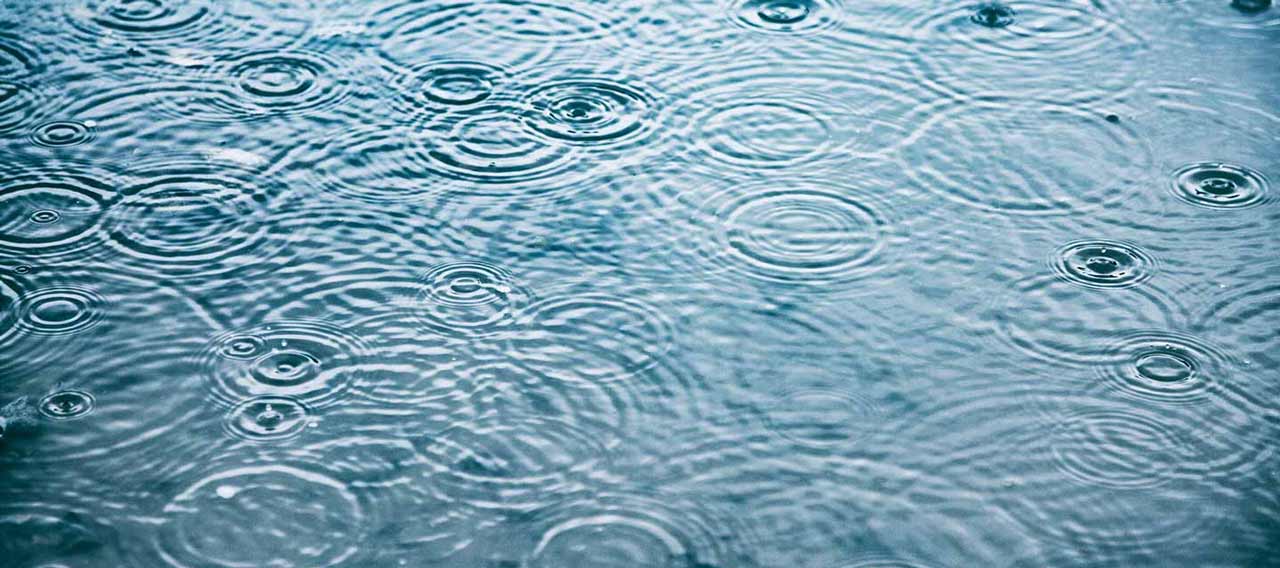- Individuals & Families
- Businesses
- Brokers

With winter on its way out, you may be ready for some spring cleaning.

Make sure you protect your classic cars from damage or additional wear and tear.

Keep your important papers and small valuables away from burglars, fire or natural disaster.

For over a hundred years, we’ve offered unparalleled stability and protection for small boats, yachts, luxury mega-yachts, and more.

Here are some things you can do to assist firefighters and minimize the damage to your home.

At their worst, disputes between professional service firms and their clients can lead to costly lawsuits.
Did you know?
A severe hailstorm that struck the Calgary area on August 5, 2024, is estimated to have reached CAD $3.29B in insurance losses, making it one of the costliest insurance industry loss events in Canadian history.1
The largest hailstone in Canada was 12.3 centimetres and weighed 292.71 grams. It was discovered near Markerville, Alberta on August 1, 2022.2
What is hail?
Hail forms during a thunderstorm when raindrops are carried upward into cold areas of the atmosphere, where they freeze into balls of ice. These balls of ice, or hailstones, can travel up to 193 kmph, range in size from a pea to a softball, and can damage roof shingles, skylights, car windows, and more.
Who is most at risk?
Much of the damage from hail occurs during the spring and summer, when warm and humid weather fuels severe thunderstorms, yet hail can occur at any time of year.
While hailstorms can happen across the country, Canada’s Hailstorm Alley is comprised of an area of south and central Alberta, Canada where hail storms are frequently produced.

How to prevent damage before a storm hits
- Install a hail-resistant roof. There is no such thing as a hail-proof roof, but products composed of synthetic slate, asphalt, or coated metals will help prevent damage. Class 4 shingles are considered to be the most resistant to impact.
- Consider storm shutters. If you live in a hail-prone area, storm shutters on your windows and doors can help protect glass from shattering.
- Evaluate the age and condition of your skylights, vents, or other roof fixtures. These things can become brittle as they age, increasing the risk for hail or water damage during a severe storm.
- Make sure you have the right insurance. If your home is damaged or a worker is injured while making repairs, you will want to make sure you have enough coverage to protect your home and your family from liability claims.
What to do during a hailstorm
- Stay informed. Monitor local weather and news updates if severe weather is in the forecast.
- Move inside. Seek shelter immediately until the storm subsides.
- Cover your car. Park it in a carport or garage. Otherwise, you can buy a car cover or use layers of blankets to help protect against damage.
- Protect against breaking glass. Close drapes, blinds, and window shades and stay away from skylights and windows.
- Avoid injuries. To avoid storm-related electrical hazards, stay away from corded phones, electronics, and do not touch metal objects like stoves, metal pipes, and sinks.
What to do if you experience damage
- Cover up holes. Cover any holes or broken areas of your roof or windows to keep water from seeping in and damaging your home or car’s interior.
- Contact your insurance company to begin the claims process. If you’re a Chubb client, we’ll be able to refer you to a reputable contractor who can fix your home, and we’ll make you whole again, quickly and without hassle. If you can’t live in your home while it’s being repaired, you’ll be kept comfortable elsewhere, whether that’s in a premium hotel or a similar home in your neighbourhood and school district.
Find a broker to learn more about protecting yourself against hail damage.
Sources:
1 https://www.artemis.bm/news/catiq-raises-2024-calgary-hailstorm-insured-loss-estimate-to-c3-29bn/
2 https://news.westernu.ca/2022/08/record-breaking-hailstone/
https://thecanadianencyclopedia.ca/en/article/hail
https://www.weatherlogics.com/
Insights and expertise



This document is advisory in nature and is offered as a resource to be used together with your professional insurance advisors in maintaining a loss prevention program. It is an overview only, and is not intended as a substitute for consultation with your insurance broker, or for legal, engineering or other professional advice.
Chubb is the marketing name used to refer to subsidiaries of Chubb Limited providing insurance and related services. For a list of these subsidiaries, please visit our website at www.chubb.com. Insurance provided by Chubb Insurance Company of Canada or Chubb Life Insurance Company of Canada (collectively, “Chubb Canada”). All products may not be available in all provinces or territories. This communication contains product summaries only. Coverage is subject to the language of the policies as actually issued.

